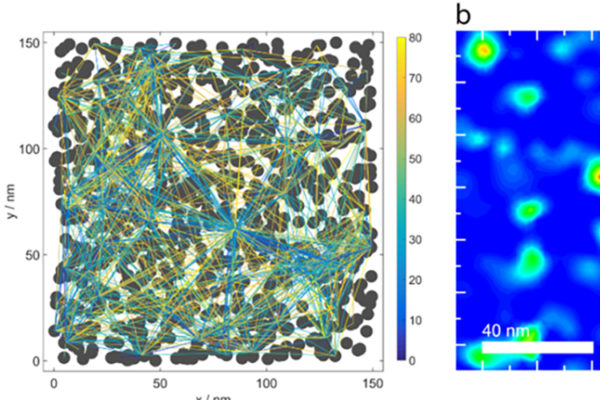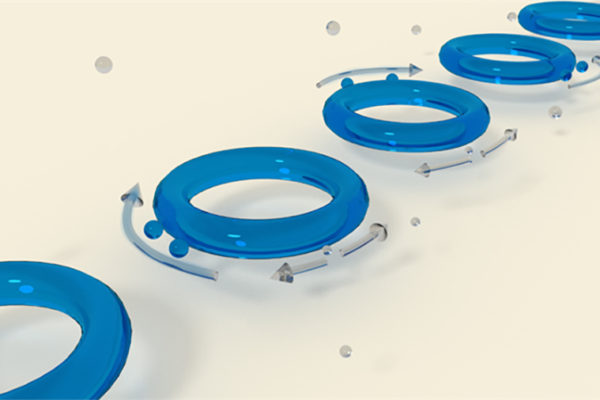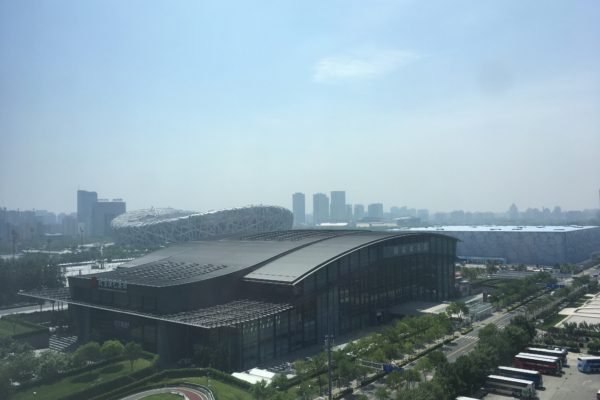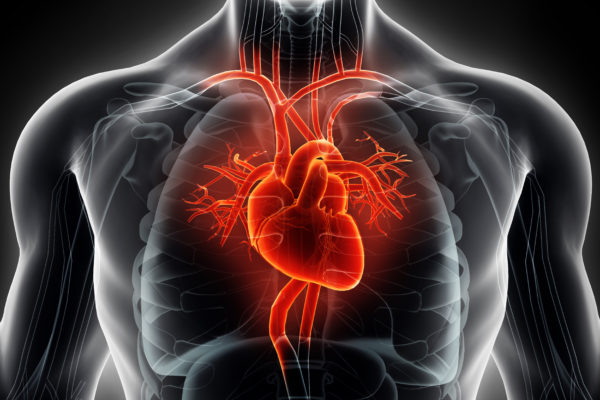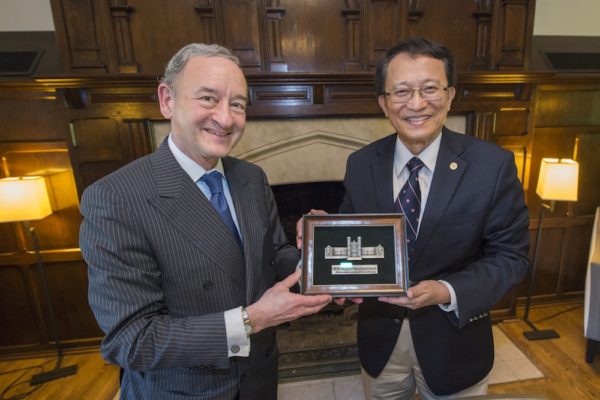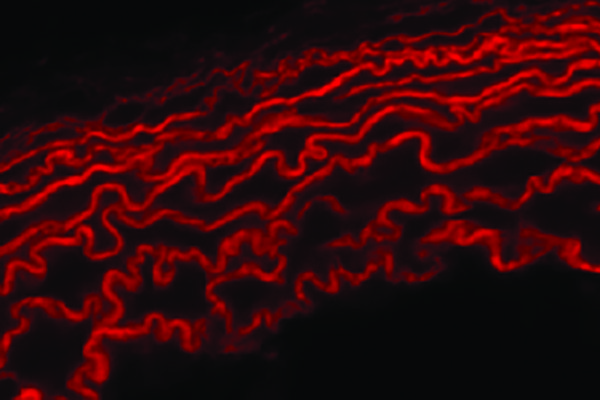AI implications: Engineer’s model lays groundwork for machine-learning device
In what could be a small step for science potentially leading to a breakthrough, an engineer at Washington University in St. Louis has taken steps toward using nanocrystal networks for artificial intelligence applications.
Engineers find better way to detect nanoparticles
An engineering team at Washington University in St. Louis has made major strides recently in the study and manipulation of light. The team’s most recent discovery of the sensing capability of microresonators could have impacts in the creation of biomedical devices, electronics and biohazard detection devices.
Engineers work to fight pollution at home, globally
A group of Washington University aerosol scientists, engineers and administrators traveled to Asia this summer to address some of the important problems related to energy, environment and health that we face today. Here, four engineering faculty share their takeaways.
Crank the AC, cut in-car pollution
After conducting a new research approach using actual commutes, a group of engineers at Washington University in St. Louis discovered a simple shift in driving habits can help to reduce exposure to pollutants while out on the road.
AI Genomics Hackathon champions include engineering student
Brett Teng Gao, an incoming senior at Washington University in St. Louis, recently was part of a team that won the Google-sponsored Artificial Intelligence Genomics Hackathon.
Doctoral student honored at IEEE International Symposium
Missael Garcia, a doctoral student in computer engineering, recently won two best-paper awards at the IEEE International Symposium on Circuits and Systems conference in Baltimore.
A sodium surprise
Irregular heartbeat — or arrhythmia — can have sudden and often fatal consequences. A biomedical engineering team at Washington University in St. Louis examining molecular behavior in cardiac tissue recently made a surprising discovery that could someday impact treatment of the life-threatening condition.
National Chiao Tung University named new McDonnell Academy partner
One of Taiwan’s leading public research universities, National Chiao Tung University, is the 33rd partner of the McDonnell International Scholars Academy.
Engineers examine chemo-mechanics of heart defect
Elastin and collagen serve as the body’s building blocks. Any genetic mutation short-circuiting their function can have a devastating, and often lethal, health impact. For the first time, new research led by engineers at Washington University in St. Louis takes a closer look at both genetic and mechanical attributes, to better understand a disorder that affects how elastin and collagen function.
Detecting diluteness
Engineers at Washington University in St. Louis and Princeton University developed a new way to dive into the cell’s tiniest and most important components. What they found inside membraneless organelles surprised them, and could lead to better understanding of fatal diseases such as cancer, Huntington’s and ALS.
View More Stories
